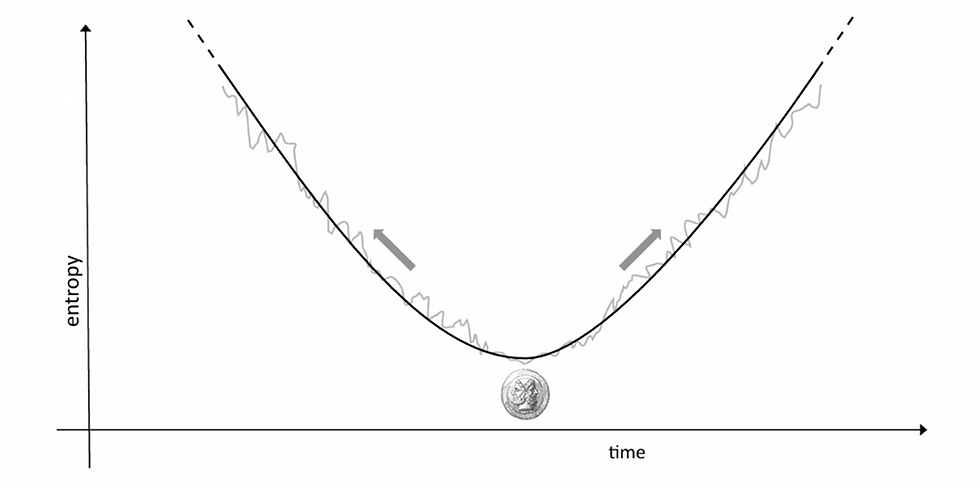The Scientist, The Mathematician And The Mutilated Chessboard
- JYP Admin

- Mar 1, 2021
- 3 min read
Updated: Oct 8, 2023
Author: Arpan Dey
In this article, we will explore the difference between the scientific way and the mathematical way. Mathematics works on the concept of proof. You start with some axioms (self-evident facts) and logically arrive at a conclusion. Once a mathematical statement is proved, it is proved for eternity. The case, however, is different with science. Scientists propose theories, which are subjected to experiments. If the theory can explain the observations, and if the things predicted by the theory are verified by experiment, the scientific community accepts the theory. But this theory may not hold for eternity. Newton's theory of gravitation worked fine. It predicted a lot of phenomena correctly and provided a satisfactory explanation of what we observe around us. But all the same, it was superseded by Einstein's general relativity. No scientific fact is eternally true.
Now, you may have heard of the mutilated chessboard problem. First, what is the problem? We have a chessboard with two opposing corners removed (refer to the figure below). So, now there are 64 - 2 = 62 squares left.

Now, we take 31 dominoes, such that each domino covers exactly 2 squares. Now, 31 X 2 = 62. So, is it possible to arrange the 31 dominoes in such a way that they cover all the 62 squares on the chessboard?
The scientist would try arranging the 31 dominoes in as many ways as possible. In all the cases, the scientist would find that he fails to cover all 62 squares. So he concludes that it is impossible to do so. However, there is still the possibility that he had left out some particular arrangement that would have done the trick.
Now, enter the mathematician. To answer this problem, he needs neither a mutilated chessboard nor dominoes. He will try to develop a logical argument that will derive a conclusion that is undoubtedly correct and will remain correct forever. First of all, the opposing corners of a chessboard are always of the same color. If you refer to the figure above, both the removed squares are white. So, remaining are 64/2 = 32 black squares and 32 - 2 = 30 white squares. (In a normal chessboard, there are 32 black squares and 32 white squares.) Now, each domino covers two adjacent or neighboring squares, and in a chessboard, neighboring squares are always different in color (one black and the other white). Thus, regardless of the arrangement, we can conclude that the first 30 dominoes laid on the chessboard must cover 30 white squares and 30 black squares. This is because, since each domino covers 2 squares of different colors, the number of white squares covered must be equal to the number of black squares covered. But after this, we are left with 31 - 30 = 1 domino and 2 squares. And both these squares are black, remember? There were 32 black squares and only 30 white squares. All the white squares, and along with that, 30 black squares have already been covered. So we are left with 2 black squares and 1 domino. So, you have your answer. A domino always covers 2 adjacent squares, which must be of different colors. 2 black squares can't be neighboring, and thus, can't be covered by the last domino. So, no possible arrangement of the dominoes can cover the mutilated chessboard. This is a general proof, and is always correct, regardless of how the dominoes are arranged.
At this point, it is interesting to note that if 4 squares are removed from the chessboard from the 4 corners, then it would have been possible to cover the entire remaining chessboard with 30 dominoes.
So what did the mathematician do? Start with some 'axioms'. Like the opposing corners of a chessboard are of the same color (which is a universal fact), neighboring squares on a chessboard are always of the opposite color, etc.. Then, the mathematician used these 'axioms' to arrive at a situation when there are 2 squares of the same color, and 1 domino remaining. It is not possible to cover these 2 squares with a single domino since the squares are of the same color. And thus, it is not possible to cover the chessboard!
Bibliography
Singh, Simon. "Fermat's Last Theorem". 1997. HarperCollins.

.png)




Comments